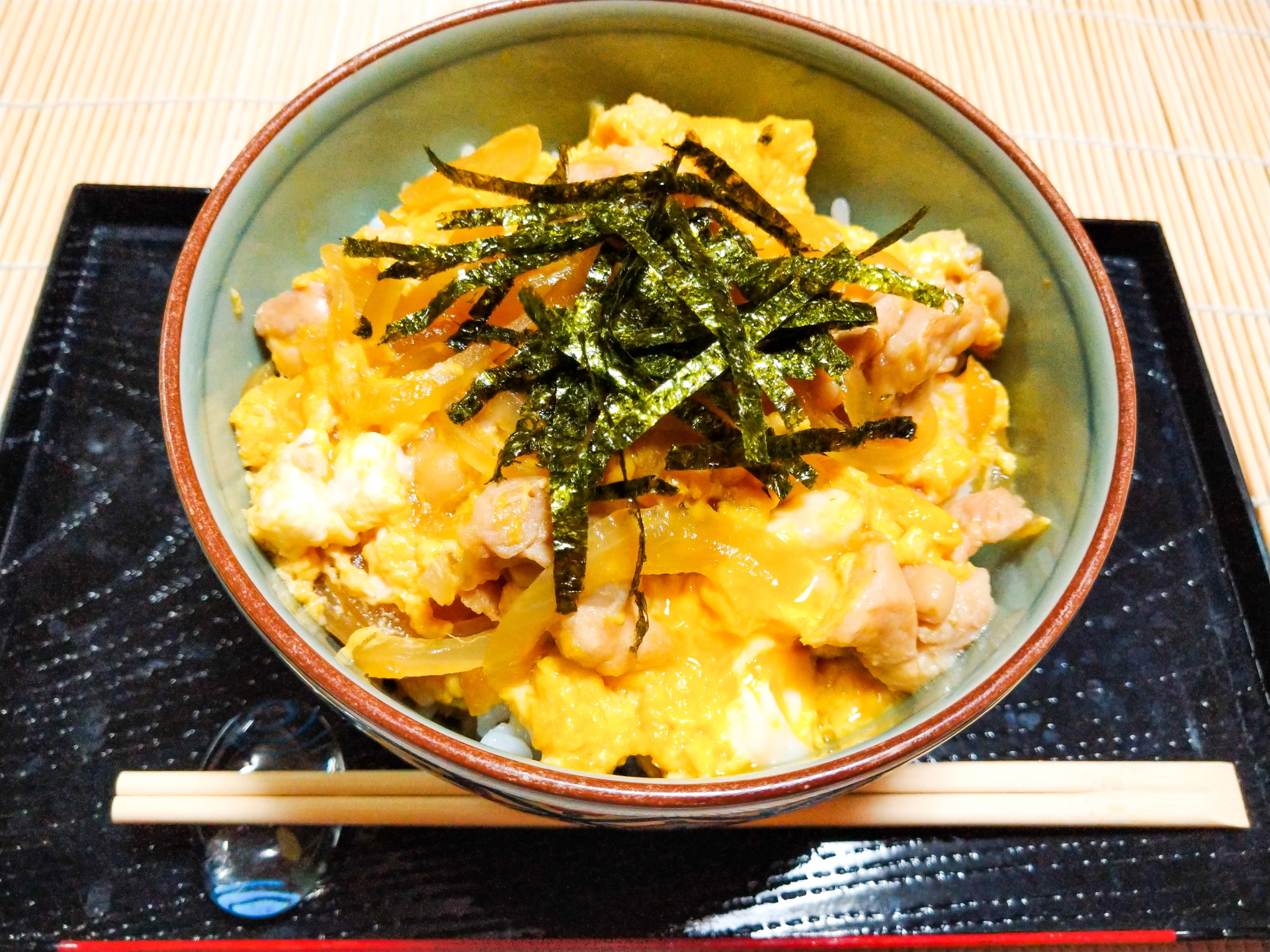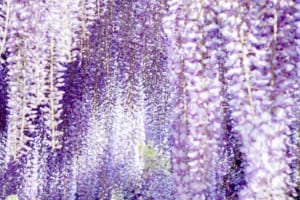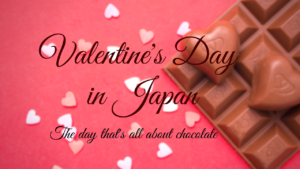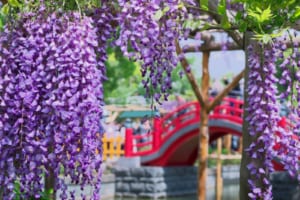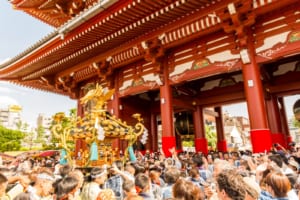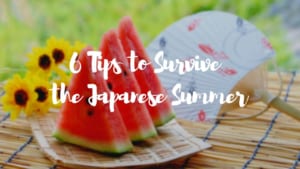Mother’s Day in Japan
Learn how Mother's Day is celebrated in Japan and how it arrived in the country
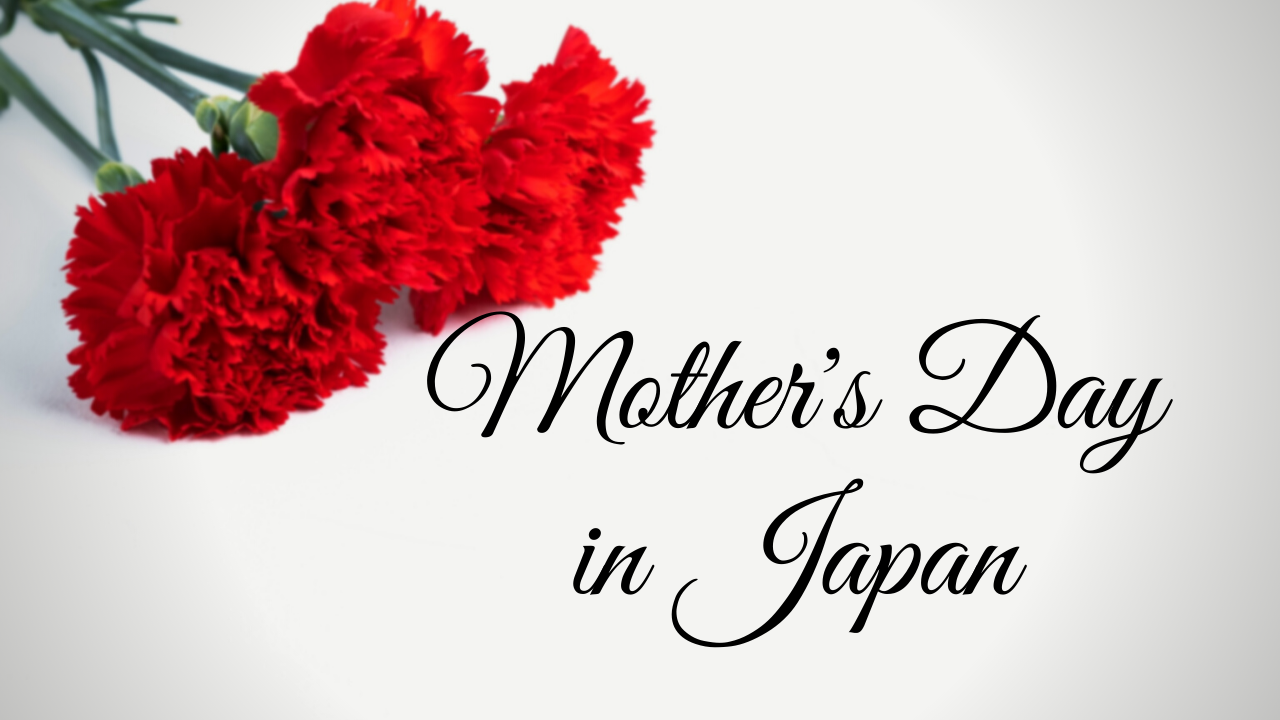
Mother’s Day is a celebration that takes place in many countries around the world. Although there are exceptions, in general mothers are an important figure and a fundamental pillar in everyone’s life. They are not only the ones who gave birth to us, but also the ones who raised us with love and understanding, putting our needs before their own in many cases. Sleepless nights when we were sick, combining work with our parenting, etc. That’s why everyone wanted to give them a day to thank them and recognize their hard work and dedication.
In Japan, Mother’s Day, called Haha no Hi (母の日), is celebrated on the same date as in the United States. Since a mother is something universal (there are in all countries), one might think that in Japan this date has always been celebrated, but in fact there was a time when this celebration was forbidden. In this article we will explain the history of Mother’s Day in Japan and how it is celebrated today.
The history of Mother’s Day in Japan
There is some dispute about when Mother’s Day was first celebrated in Japan. Some say it was introduced by Christian missionaries in 1913. Others say that it began to be celebrated in 1931 and the date chosen was March 6th as it was the birthday of Empress Kojun, mother of the then Emperor Akihito. As usually happens in such cases, the truth is probably a mixture of both (perhaps the Christian missionaries imported it but later the date was changed to celebrate the birthday of Empress Kojun).
In either case, what is clear to everyone is that during World War II in Japan the celebration of any Western custom was forbidden, including the Mother’s Day (which makes one think that is true that it did come through Christian missionaries in some way or another, or there would be no reason to ban a celebration that was started to celebrate the birthday of the Emperor’s mother).
With the end of the war, in 1949 Mother’s Day returned to the Japanese calendar, but this time the date was changed to the second Sunday in May as in United States.
Mother’s Day in Japan today
The celebration of Mother’s Day in Japan doesn’t change much from other countries, or at least not if I compare it to my home country. It’s a day dedicated to mothers, so that’s basically what it’s all about: spending time with your mother and showing her your love and appreciation in different ways.
Some kids get up early to make breakfast for their moms, and make them some crafts as gifts. Those who are not so young buy a gift for their mother. The bouquet of flowers is a classic that never gets old in all countries. But not just any flower. The star flower for Mother’s Day in Japan is the carnation, followed by roses, which is always a safe choice. In both cases the preferred or most popular color is red, followed by pink. It’s said that carnations symbolize purity, sweetness and endurance (specially the red ones) while roses symbolize love, devotion, faith, beauty and honor. Other typical gifts for this day are jewelry, kokeshi dolls or calligraphy art works (in the case of children, sometimes made by them).
Then, both as a child and as an adult, most people go to spend a nice family day eating out at a nice restaurant. The day falls on a Sunday so that most people do not work and can celebrate it with their families. But the truth is that there are many people who cannot celebrate this day with their mothers, such as mall and restaurant workers, as it is one of the busiest days of the year.
What to eat on Mother’s Day in Japan
This is something I have already said on more than one occasion, but in Japan (almost) all celebrations have special dishes typical of that date. For Mother’s Day it is associated with eggs, so the usual are simple dishes with an egg base. The most popular are the following:
Oyakodon
This is a donburi dish (donburi are dishes that have a rice base with a side dish on top, either breaded pork, beef, etc.). Oyakodon by kanji means ‘father and son, as the main elements are egg and chicken (if you think about it, the choice of this name is a bit macabre in my opinion). The appearance of this dish is not the prettiest, but I assure you that it tastes very very good!
Tamagoyaki
Tamagoyaki is the Japanese egg omelet. It’s a simple dish but it has its trick to make it well (the omelet is ‘rolled’ several times) and tastes delicious, especially if it’s prepared fluffy (or at least to my taste!). In the Kanto area this dish is sweet, while in Kansai (especially in Kyoto) it’s salty.
Chawanmushi
This is a traditional Japanese dish that is often served in places such as temples (the type of temple that offers accommodation as well) or very traditional restaurants. It’s a Japanese steamed egg custard to which you can add toppings to taste, some of the most popular being carrot, shiitake mushrooms, Japanese fish cake, etc. It’s usually served as an accompaniment.
Especially oyakodon and tamagoyaki are very simple dishes to prepare but very delicious and the Japanese love them. They are also quite homemade dishes. Unlike sushi for example, which is usually eaten outside and not at home, these dishes are usually eaten at home and mothers prepare them a lot for their children. Perhaps that is why on Mother’s Day, it’s the children who prepare it for them (in many cases with help of course).
Thanks for reading this far! I hope you liked it 🙂 By the way, as a curiosity in Japan, sons also have their own day, such as Children’s Day (or Kodomo no Hi) on May 5 and Girls’ Day (Hinamatsuri) on March 3.
For more celebrations and events in Japan in May you can check these articles too!
▽Related Articles▽
▼Editor’s Picks▼
Written by
From Barcelona to Tokyo. Coffee and Adventure lover. I started to like Japan because of the anime, music and dramas, but after my first trip to the country I found what I love the most: traveling around, the culture and history. I have travelled a lot in Japan, but I still have many places to discover that I want to share with you. Let’s discover Japan together! Also, as a foreigner living in Japan for over 6 years I understand what kind of things are difficult when you move here and I want to help other people in the same situation that I have in the past.







